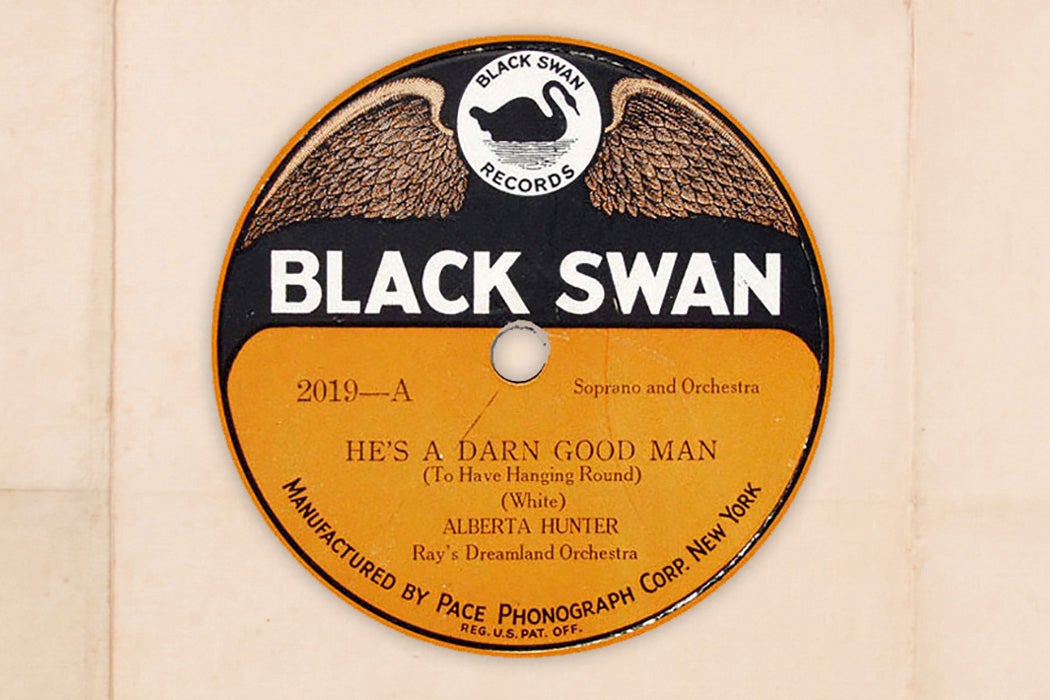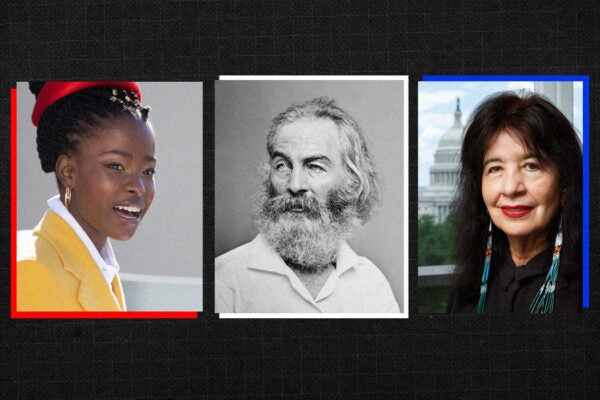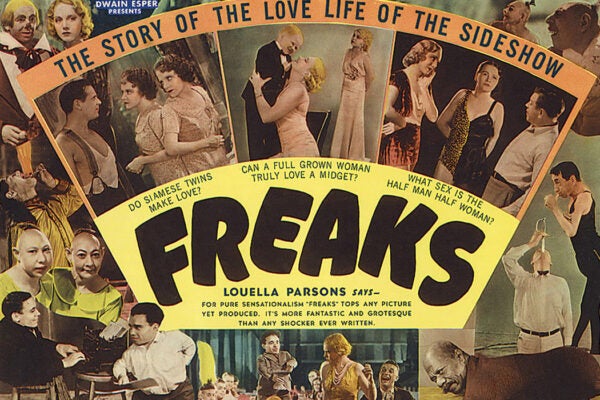Black Swan Records, the first large-scale Black-owned record label in the United States, is getting a lot of attention lately. Started by Harry Pace in 1921, Black Swan only lasted three years, but its legacy laid the groundwork for many Black-owned labels to come.
As historian David Suisman explains, Black Swan was “designed to utilize the combined power of music and business as vehicles of uplift and racial justice.” The label’s releases wouldn’t deal in the stereotypical sounds and images of Black performance of the time, but would instead produce music that challenged them.
After Black Swan got its start, the 1920s saw the arrival of more Black-owned record labels. There was Sunshine Records, run by the Spikes brothers out of Los Angeles, which specialized in jazz and blues. Chicago’s Black Patti Records got into the game in 1927. Founded by music producer Mayo Williams, the label was named for classical music singer Matilda Sissieretta Jones, also known as the Black Patti. The label, releasing jazz, blues, spirituals, and vaudeville, went out of business the same year it opened, but in those seven months, Black Patti released nearly sixty records.
According to researcher Reebee Garofalo, “the role of the music business is fundamentally to transform its cultural products into financial rewards,” and Black-owned record labels were no different. Like all businesses, the recording industry took a hit following the Great Depression. Garofolo notes, “annual record revenues in the United States declined immediately and then plummeted to an all-time low of $6 million in 1933.” But would-be entrepreneurs weren’t discouraged from trying to put their own stamp on the industry. By the 1940s and ’50s, more labels began to appear on the musical landscape, due to changes in technology as well as economics.
Indie labels began popping up in the North and South due to both the Great Migration and what geographer Howard Harrington III calls “the introduction of independent record pressing or manufacturing facilities during the post-war period.”
These allowed the small labels to break free from the major players. In 1949, music producer and club owner Don Robey began Peacock Records, scoring their first hit with Big Mama Thornton’s “Hound Dog.” John Dolphin, a Los Angeles record store owner, started Recorded in Hollywood Records in 1950. This era would also see the birth of Vee-Jay Records, a rock, jazz, and R&B label owned by a husband-and-wife team, Vivian Carter and James C. Bracken, who would later see huge success with their release of early Beatles singles.
Weekly Newsletter
Perhaps the most well-known Black-owned label, Detroit’s Motown Records, got its start in 1959. Motown wasn’t the only Black-owned label in the city, though. Golden World, started by Ed Wingate and his business partner, Joanne Jackson Bratton, opened its doors in 1961. And House of Beauty, started by Carmen Murphy—who ran a recording studio in her beauty salon—and Johnnie Mae Matthews’s Northern Records actually predate Motown, both starting about a year earlier.
Of course, Black record-label ownership would continue far beyond these early days, with names too numerous to mention. But like Black Swan before them, each of these, in ways large and small, have changed the musical landscape of the US. As Harrington writes, “mass marketing, mass distribution and promotion of musical products based on Black music remain the industry’s most essential and salient features and components.”







